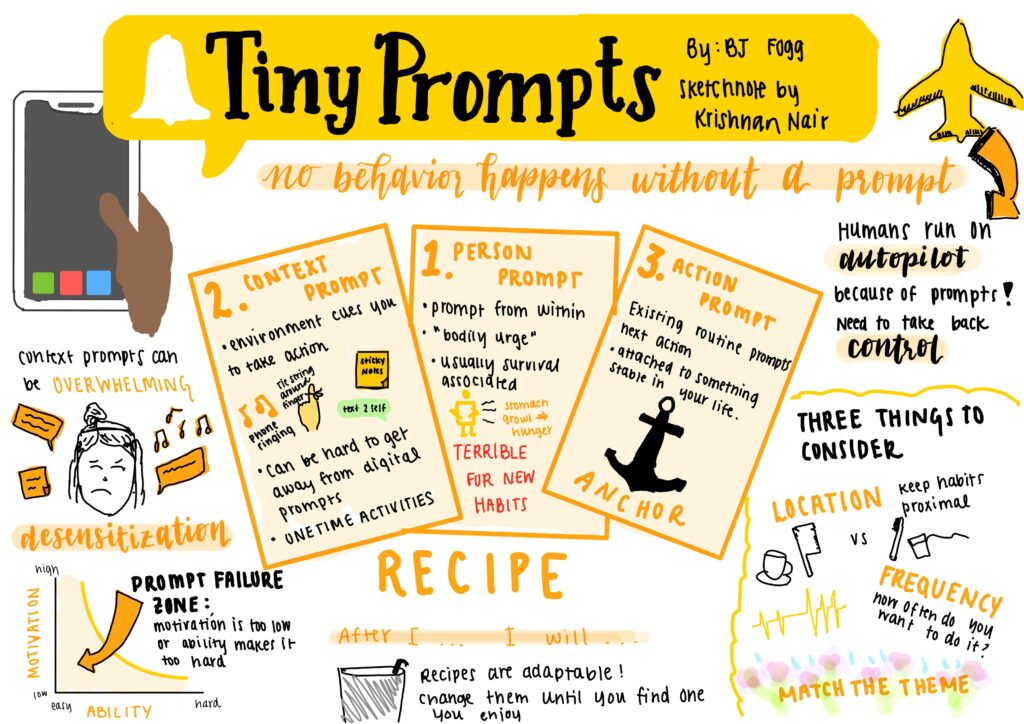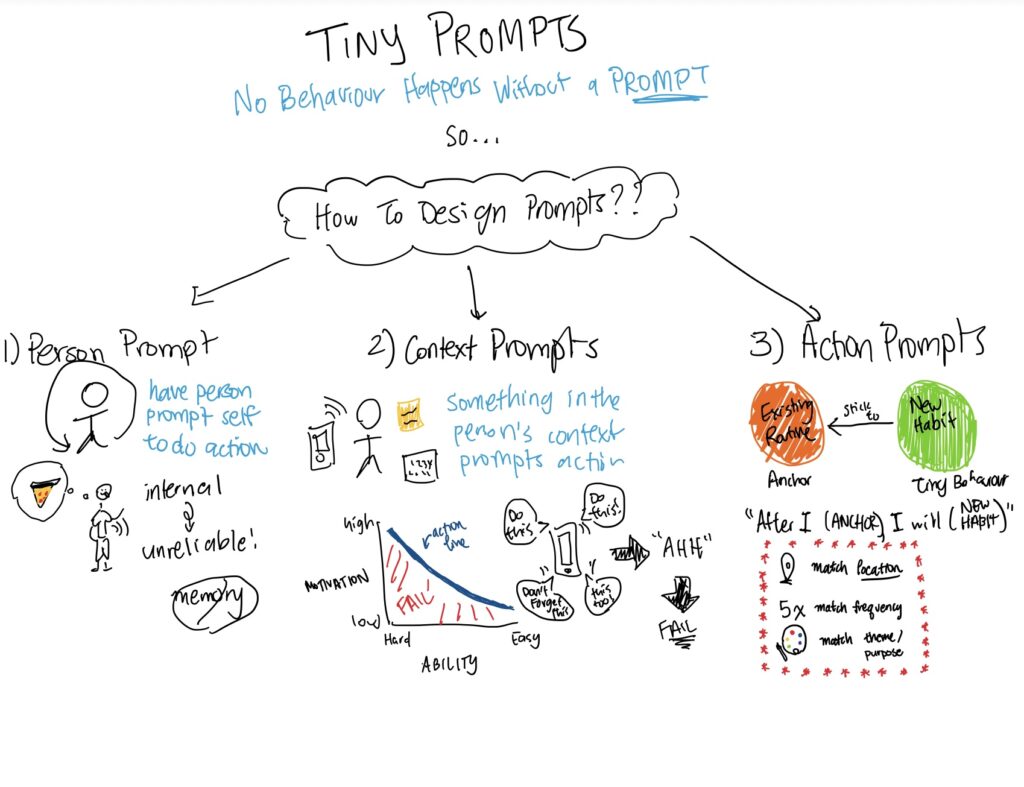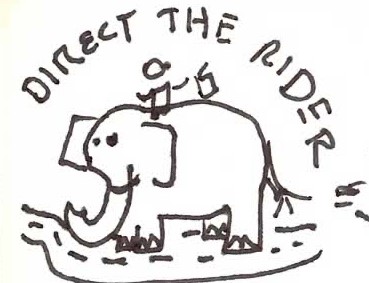Before this class, I thought the design process was, while not simple, fairly straightforward and to a degree standardized. In some senses I did learn many things along this line of expectation–different ways to arrange ideas, specific techniques like connection circles and fishtail diagrams, etc. But I also loved to learn how design started scrappy and is still very much experimental. The right “answers” are less so a rulebook, though again one can learn a lot from successful examples and history, and more so the ones that are given research, care, and make sense to you.
I really enjoyed the messier methods and drawing, on this vein, such as sketchy screens. Focus on getting major ideas down for a flexible flow feels great for iteration than honing in on pristine wireframes from the get-go. I also liked doing the user-oriented techniques where we place ourselves in the users’ shoes. For example, personas when examining our target audience and storyboards for evaluating their journey on the app. On the other hand, I will admit I’m not one that is naturally enthusiastic about every little way to rearrange ideas and structure diagrams. I found that several of these were still helpful in getting a better picture of what we were trying to create and the potential problems/solutions. Not all of them worked for me though, as sometimes I felt limited by the way we were trying to categorize concepts or perhaps some just didn’t apply as well to our specific app’s situation.
I also took away a lot of ethical questions and discussions throughout the class. As to nudging and manipulation, our app uses them to a slight degree. For instance, a reminder from our app may talk about how the weather is uniquely beautiful today, pressing on the users’ ‘fear of missing out’ with a limited or special event. Another example might be how we leverage other people visiting locations as a bit of social pressure for the user to also go outside. This engagement is further encouraged as the highlighted button for posting a photo to the public gallery is “Yes!”. However, these are as mentioned minor implementations and I feel that they are acceptable for several reasons: the end goal is to help the user adopt a healthy habit that they know is the app’s intention; users are able to opt out of any emphasized choices; the nudging is not excessive.
Our app also does a good job of respecting user privacy, in my opinion. It does involve location data, but our app would not store this information. Users sign up for accounts asking for no personal information, and only their chosen username is ever associated with the posts to the public gallery they opt into. I believe the app is able to fulfill its function without being invasive. Future developments may need more user information if we need greater security, i.e. bad actor users abusing the location posts or anonymity. However, with the app’s current functions and importantly the lack of stored location information, I think this development is unlikely and would have limited impact. There could be other solutions besides tightening account creation by linking it to more personal information, such as filtering images before they post, banning users, including a report post button, etc.
Overall, I’m glad that having taken this class, I’ve evolved my thinking about design towards something that is still scrappy, experimental, and expanding. There are skills you can learn, but they are here to augment your toolset for thinking, not define it. It’s also a process where questions, biases, and ethical considerations can be embedded in every step of the process. Whether that’s user privacy/security concerns, accessibility considerations, or understanding underserved perspectives. These can b easy to overlook in the design process, and next time when I’m working on a project, I hope to place more focus on these aspects as well as allow myself wilder room for creative innovation earlier in the process.



